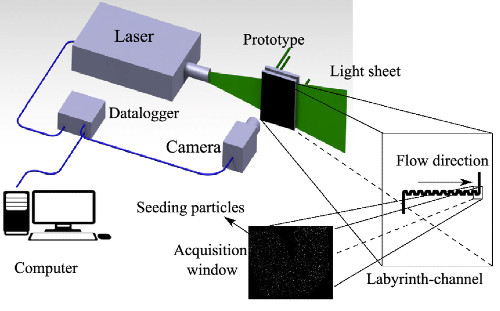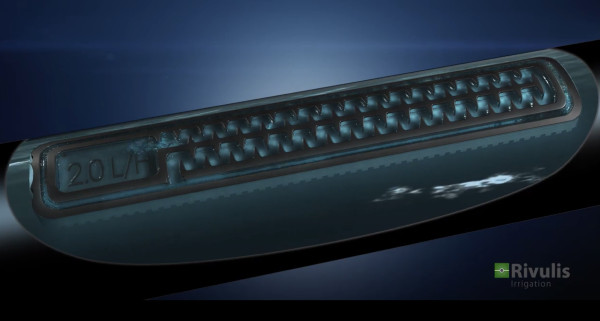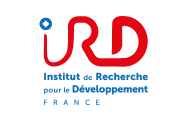Using reclaimed wastewater (RWW) with micro-irrigation devices for watering crops has a lot of advantages for both water resources and crop growth. The advantages of using wastewater in irrigation systems include improving crop yield, nutrient supply for plant growth, and reducing the pressure on the water supply.
Despite its advantages, the main issues with this type of narrow section and labyrinth geometry are :
a) the vortices that are produced during the flow when the velocity is too slow or equal to zero in these regions which gives the chance to the particles or biochemical to deposit and cause clogging inside the channels and
b) the diversity of the rich RWW effluents in nutrients and organic matter proves complex and linked to clogging effects that are much more significant than when watering with water conventional.
Biofouling in milli-labyrinth-channels is one of the challenges that concern the usage of this type in irrigation networks due to the questions raised about its durability, efficiency, and performance caused by the clogging of the channels because of the biofilm growth.
The proposed study is constructed of two parts to assess and enhance the use of RWW for irrigation in milli labyrinth channels by minimizing the impact of clogging on the operational efficiency of the system.
The first part is to conduct an experiment using the Micro particle image velocimetry (Micro-PIV) technique with E. coli GFP (green fluorescent protein) bacteria to characterize and analyze the flow regime and particle tracking experimentally. Consequently, CFD simulation using ANSYS fluent software will be applied to different types of turbulent flow models (k-ɛ, k-ω , Reynolds Stress Models (RSM), and large eddy simulation (LES)) to compare the results of these models with the micro-PIV experiment results.
The second part of this project involves coupling flow simulation and biofilm growth models. The operational aim is to determine the criteria and thresholds development of biofilms, to develop systems whose longevity and operability will be improved.
|
Fig.1 Micro-PIV Experimental scheme. |
Fig.2 Labyrinth Channel Animation |
Key words : Drip irrigation, Water Reuse, biofouling, Micro-PIV, CFD, turbulence modeling
References:
- Al-Muhammad, J., Tomas, S., Ait-Mouheb, N., Amielh, M., Anselmet, F., 2018. Micro-PIV characterization of the flow in a milli-labyrinth-channel used in drip irrigation. Exp. Fluids 59, 181.
- Rivulis D2000 Drip Line Product Animation – English (https://www.youtube.com/watch?v=K8zBnQiwgnw)








